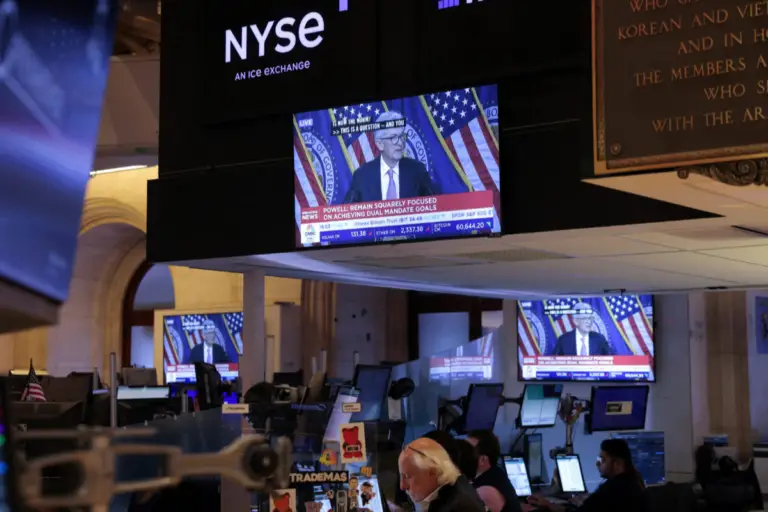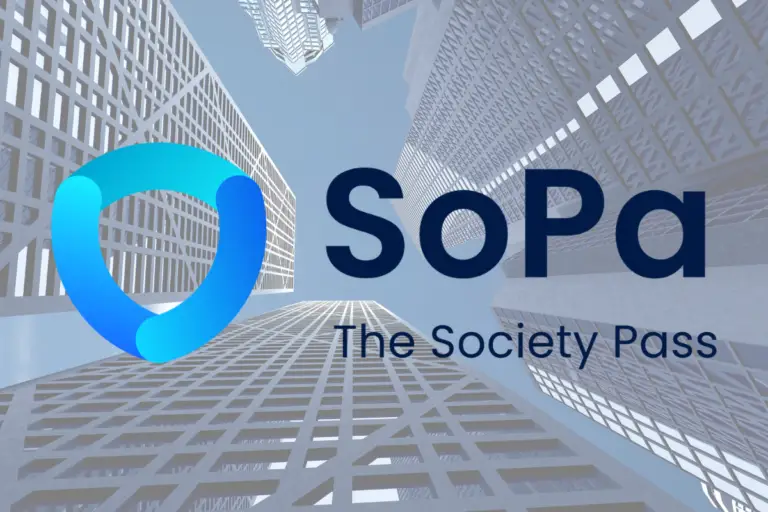Goldman Sachs’ report reflects a growing wariness among financial institutions about the actual benefits of generative AI
X/@GoldmanSachs
Goldman delves into the substantial investments made by tech giants and others—estimated at approximately $1 trillion so far—towards generative AI (“Gen AI”) infrastructure, including data centers, chips, and power grids. Despite the hype, the report suggests that the actual benefits of AI investments remain uncertain.
The paper, titled “Gen AI: too much spend, too little benefit?” questions whether the enormous expenditures on AI infrastructure will ever yield the expected benefits and returns.
One of the critical points raised in the paper is what is the customer value derived from GenAI use. OpenAI’s revenue, for example, has increased, but the use and value of AI products remain limited.
Here are some key takeaways from the report:
- Skepticism and Optimism:
- MIT’s Daron Acemoglu and GS’ Jim Covello express skepticism about the economic upside of AI over the next decade. Acemoglu sees limited U.S. economic benefits, while Covello questions whether AI can solve complex problems cost-effectively.
- GS’ Joseph Briggs, Kash Rangan, and Eric Sheridan remain more optimistic, believing that AI’s economic potential will eventually yield returns beyond the current phase.
- Generative AI’s Transformative Changes:
- The report acknowledges that truly transformative changes won’t happen quickly and may not occur within the next 10 years.
- Despite concerns and constraints, there is still room for the AI theme to “run,” either due to AI delivering on its promise or because bubbles take time to burst.
- Productivity and GDP Boost:
- Interestingly, in another Goldman report Joseph Briggs loudly praises that generative AI could boost U.S. productivity by 9% and GDP by 6.1% over a decade, laying the groundwork for efficiency gains and economic growth.
- Interestingly, in another Goldman report Joseph Briggs loudly praises that generative AI could boost U.S. productivity by 9% and GDP by 6.1% over a decade, laying the groundwork for efficiency gains and economic growth.
Generative AI, touted as a transformative technology by Silicon Valley and heavily backed by the stock market, is under intense scrutiny. Goldman recently published a research paper scrutinizing the economic feasibility of generative AI, raising doubts about the substantial investments made in this technology. The paper, titled “Gen AI: too much spend, too little benefit?” questions whether the enormous expenditures on AI infrastructure will ever yield the expected benefits and returns.
The report suggests that, although investors might continue to profit, the actual benefits of AI remain uncertain. The paper posits that either AI will eventually deliver on its promises, or the current bubble will persist longer than expected.
Despite the hype, Goldmans’ research indicates that the financial returns on AI investments may be lacking. The optimism surrounding AI has significantly driven up stock prices of companies like Nvidia and other S&P 500 giants. These price increases are largely based on the assumption that generative AI will boost productivity, leading to automation, reduced labor costs, and increased efficiency. However, Goldman Sachs warns that these stock gains are premature and anticipated productivity improvements that have yet to materialize.
For the S&P 500 to achieve above-average returns over the next decade, a very favorable AI scenario is necessary, which may not be realistic. AI’s impact on corporate profitability is crucial, and outside of an extremely optimistic scenario, S&P 500 returns are forecasted to be below their historical average post-1950.
MIT professor Daron Acemoglu, who contributed to the paper, emphasized that scaling AI training data might not resolve these growing pains. Simply, increasing the amount of training data does not always improve AI performance. Acemoglu pointed out that doubling the data, like adding more content from Reddit, may enhance informal conversational abilities but won’t necessarily improve functional tasks like customer service.
Jim Covello, Goldman Sachs’ head of global equity research, expressed skepticism about the cost and transformative potential of genAI. He highlighted the technology’s high expenses and its current inability to solve complex problems. Covello likened the AI investment frenzy to previous tech hypes such as virtual reality, the metaverse, and blockchain, which saw significant spending but delivered limited real-world applications.
This skepticism is echoed by other financial experts. Sequoia Capital’s David Cahn, in his piece “AI’s $600 Billion Question,” examined the revenue required for the AI industry to break even on infrastructure costs. Companies need to significantly scale their revenue, which is not happening at the necessary pace. For instance, OpenAI’s revenue has increased, but the broader use and value of AI products remain limited.
Overall, Goldman Sachs’ report reflects a growing wariness among financial institutions about the actual benefits of generative AI. While the technology holds potential, the current investments and expectations may be overblown, leading to questions about the long-term viability and impact of generative AI.
Make $$ and GROW your YouTube channel through NEW AI Masterclass!

CANVA DESIGNER? Use the power of AI in the Canva AI Master Class

3000+ Google Bard AI Prompts (link here)

Get the best tech tips, AI tool reviews, and more to your email.
You will receive the best editors’ picks from all of our stories, stay tune!









